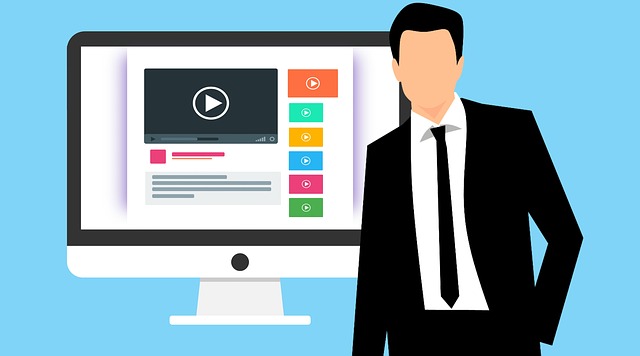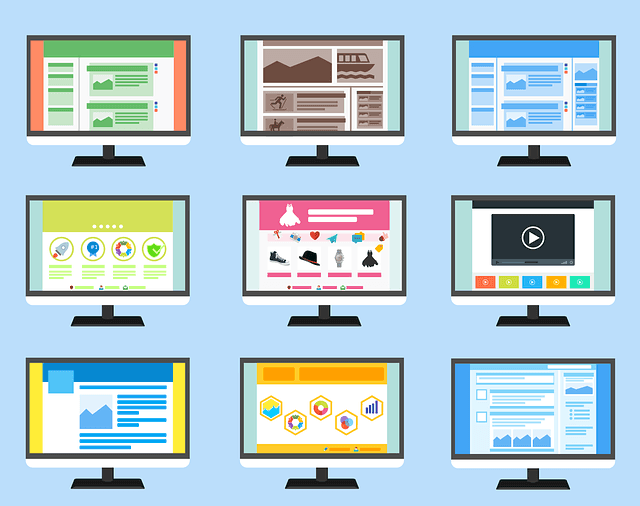What Are Voice And Data Technology Solutions?

In this digital age, communication and collaboration has become easier and more flexible. With voice and data technologies available today, virtual meetings and videoconferencing are becoming as effective as in-person meetings—minus the high costs of jet setting.
Businesses have different voice and data technology needs. Whether you’re a small business or a giant company, there are various solutions available. A local business with international clients or a multi-national company with employees scattered around the world would require different tools and technologies.
Taking your business communications over the Internet means making use of voice and data technology solutions. These solutions may be hardware and software systems, such as:
- Office phone systems (i.e., voicemail, fax machines, etc.)
- Mobile phones
- Video conferencing hardware (i.e. monitor, wireless presentation, sound bar, and speaker)
- Phone line services
- Call management systems (for instance, direct inward dialing (DID) and direct outward dialing (DOD)
- Internet protocol private branch exchange (IP PBX) services
- Data networking solutions
- Video conferencing and conference phones
- Broadband / WAN / LAN connection
- Network or IP switches
- Voice over Internet protocol (VoIP) setup as provided by reputable contractors, such as NTS Direct
- Software tools, such as conference, calendar, and email applications
These software and hardware tools are what you’ll need to deliver voice and data technology solutions to your business. However, the list is not inclusive, and you may need more pieces of equipment for your organizational needs.
Basic Videoconferencing Setup Needs
Combining the functions of data, video, and voice channels can help your business organization communicate and collaborate in real time. Setting up meetings, holding presentations, or staying in touch for updates and other developments can be made through video conferencing.
To make office communication and collaboration easier, you need to have a video conferencing setup that includes the following tools and equipment:
Television, monitor, web camera
A videoconference can’t be called as such if you can’t see your colleagues clearly. To make this happen, invest in high-resolution video equipment, such as television, monitor, and, of course, a web camera. These tools, however, won’t be able to work as expected without a stable and high-speed Internet connection. In addition, a good video conferencing application should be installed, and you should have a well-lit environment to get everything working properly.
USB microphone and headphones
Communication isn’t complete without exchanging messages and ideas, so great audio quality is equally important in videoconferencing. The use of USB microphones and headphones is imperative for all participants to enable smoother and more effective information exchange.
And, as audio quality is dependent on the quality of your Internet connection, as well as your environment, make sure to have a stable service provider and block all noises.
Software tools and other applications
Having the right videoconferencing tools is crucial in the quality of the audio and video output. No matter how state-of-the-art your camera, microphones, and headphones may be, if you don’t have a reliable platform to facilitate seamless video conferencing, it won’t work.
Some businesses may not need fancy features, but consider software tools with integrated application tools, such as screen sharing, as well as email and calendar features. Most importantly, choose a platform that can provide unparalleled security to ensure data protection.
Control panel
If you can afford it, include a control panel in your videoconferencing kit. With this tool, which looks like a miniature monitor or screen you can use to make or receive calls, initiate video conferences, record the proceedings of the meeting, and manage audio and video settings. With email and calendar integrations, issuing reminders and scheduling videoconferences are a breeze. Control panels allow users to control everything with the push of a button or a few clicks.
Wireless presentation system
This offers a world of convenience to all users. With a wireless presentation system, multiple devices can access the data being shown on the screen or stream content that can be shown to all participants. By having access to the media, participants can collaborate and interact better, whether to solve an issue or for brainstorming.
With data and voice technology solutions, your business can benefit from these activities:
-
- Swiftly communicate and collaborate with one another
- Conduct meetings via videoconferencing in a flexible, reliable, and seamless manner
- Integrate mobile devices into your communications infrastructure to make working on the go easier
- Safeguard your organization from major security risks
- Set up remote offices and hire virtual workers with the least effort and expense
The Takeaway
With a stable and strong data network, unified data and voice technology solutions can make business collaboration and communication a breeze. By combining hardware and software tools, you can increase employee productivity and revenues as you save on communication costs.




